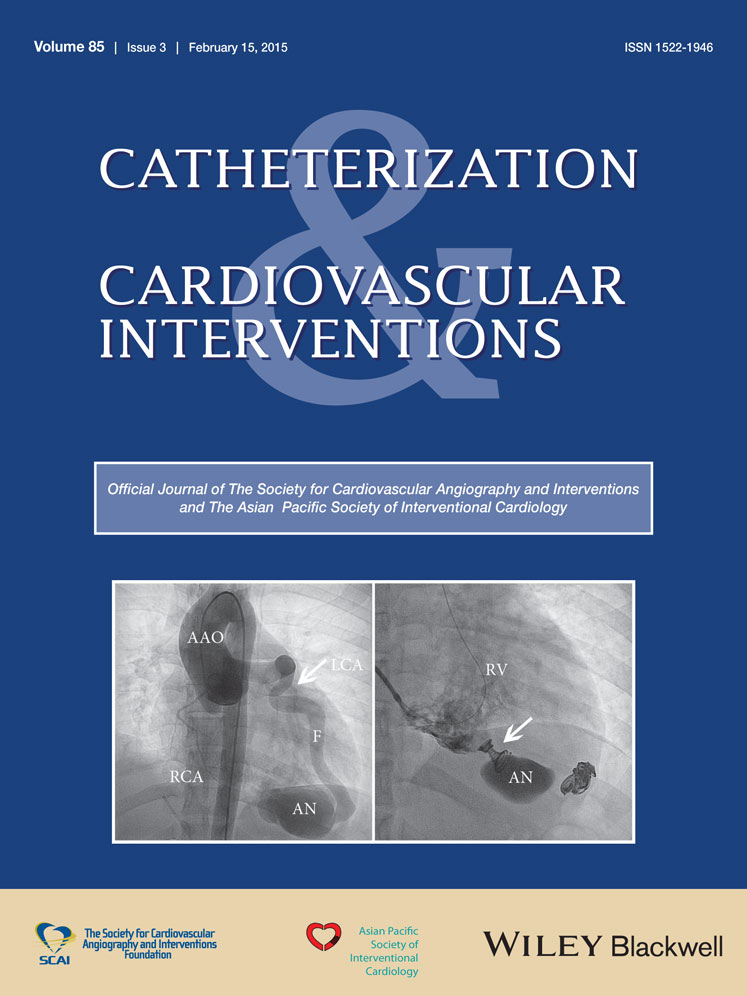Position of Edwards SAPIEN transcatheter valve in the aortic root in relation with the coronary ostia
Implications for percutaneous coronary interventions
Conflict of interest: The Department of Cardiology received grants from Biotronik, Medtronic, Boston Scientific Corporation, St Jude Medical, Sandra Lotus, and GE Healthcare. S. Katsanos received a national grant from Hellenic Society of Cardiology. P. Debonnaire received a grant from European Association of Echocardiography. V. Delgado received consulting fees from St. Jude Medical and Medtronic
Abstract
Objectives
To determine the implications of stable coverage of the coronary ostia by the Edwards SAPIEN valve frame in terms of myocardial ischemia and subsequent percutaneous coronary intervention (PCI), following transcatheter aortic valve implantation (TAVI).
Background
Edwards SAPIEN frame is frequently deployed relatively higher than recommended and may overlap the coronary ostia.
Methods
A total of 142 patients (age 81 ± 7 years, male 49%) treated with Edwards SAPIEN valve and with multi-detector row computed tomography at 1 month follow-up were evaluated. The position of the frame in relation to the coronary ostia was assessed. Levels of troponin T were measured 12–24 hr after TAVI. PCI events at follow-up were recorded.
Results
The left coronary ostium was fully covered in three (2.1%) patients and the right coronary ostium in 11 (7.7%). There were no differences in troponin T levels between patients with fully covered ostia versus patients with partly or non-covered ostia (0.24 (0.13–0.50) μg/L versus 0.35 (0.15–0.55) μg/L, respectively; P = 0.377). At 30 ± 15 months follow up, 10 (7%) patients underwent successful PCI. Rate of subsequent PCI was similar between patients with any covered ostium and patients with non-covered ostia [4 (7.8%) vs. 6 (6.5%), P = 0.780, respectively].
Conclusions
Full overlap of the coronary ostia by Edwards SAPIEN frame is infrequent and in most cases does not limit subsequent PCI. © 2014 Wiley Periodicals, Inc.




